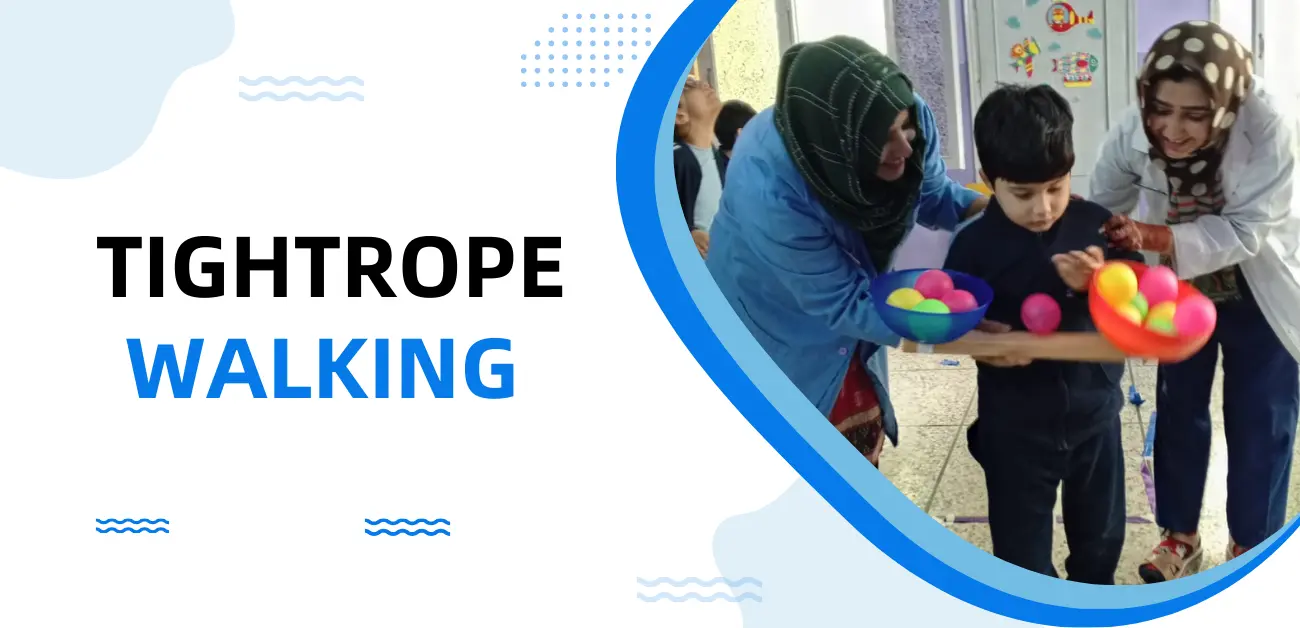Balance is the ability to maintain a controlled body position during task performance. Balance training helps your body respond more quickly to these immediate demands and avoid injuries from a fall. Increased muscular strength and joint support. When you strengthen the muscles used for balance, you help take the stress off of painful joints Coordination. Balance skills examples include head control, walking forward in a straight line, adjusting movements, and moving against gravity.
We had an incredible day filled with joy and fun. Our shining stars doing Balancing activities to
improve their physical milestone and enhance their confidence, and hand-eye coordination. Make a
taped line on the floor or tape yarn/string to the floor. Balance balls like these and walk as well.
*IMPROVE COORDINATION — Use the different heights of the stepping stones and logs to teach
better balance
*TEACH CONFIDENCE — A great toddler and kindergarten toy to teach children confidence.
Children with weak balance skills are at risk of developing low self-esteem or having trouble playing and interacting with other kids at home and in the classroom.
Taking part in activities to strengthen balance offers positives for all kids, especially for those who have difficulty reaching physical milestones, tire quickly or avoid physical activity.
Though it might not cross your mind, you need a good balance to do just about everything, including walking, getting out of a chair, and leaning over to tie your shoes. Strong muscles and being able to keep yourself steady make all the difference in
those and many other things you do every day. The beauty of balance training is that anyone can, and should, do it. Balance training improves the health, balance, and
performance of everyone from beginners to advanced athletes, young and not-so-young.
MS. MAHREEN AZMAT BEHAVIOR THERAPIST
DR. SHAHERBANO PHYSIOTHERAPIST

